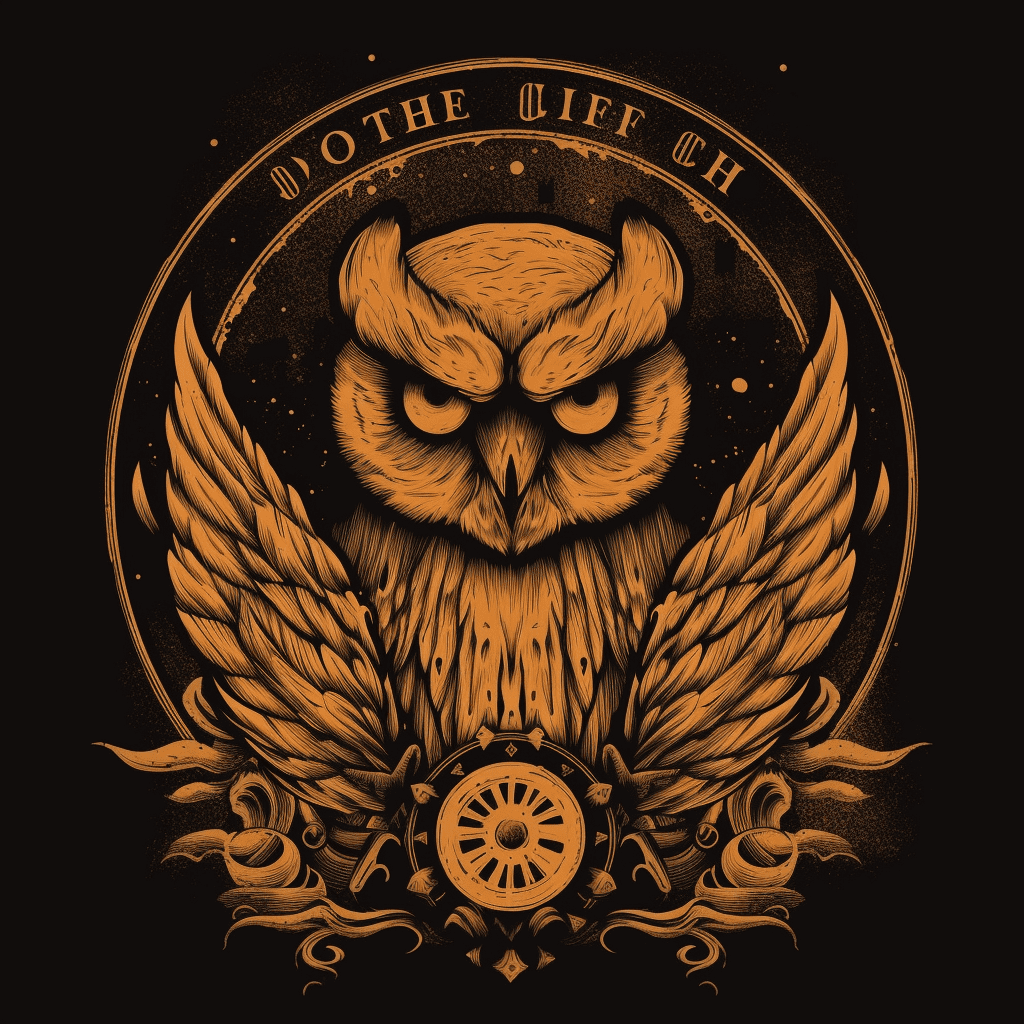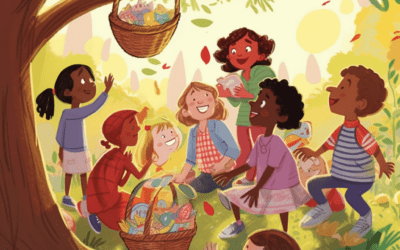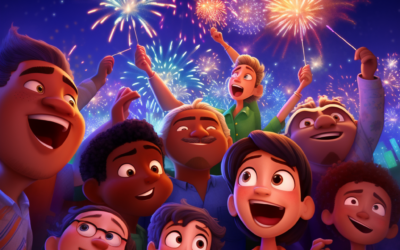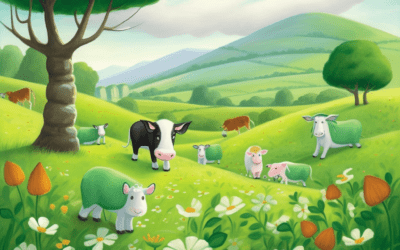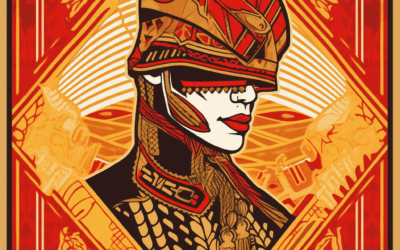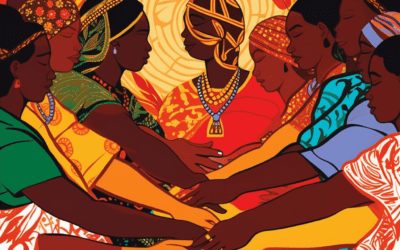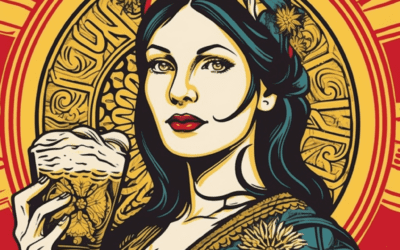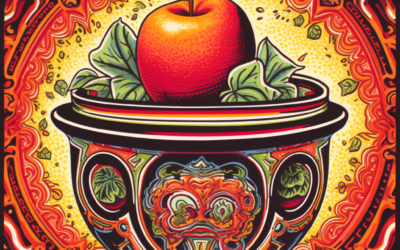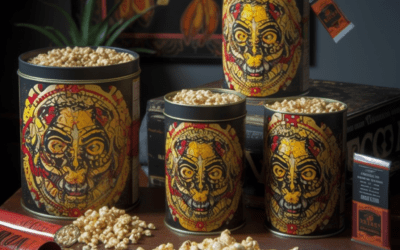Why do owls often feature in Halloween folklore?
Have you ever wondered why owls are often associated with Halloween? These fascinating creatures have captured our imagination for centuries, and their mysterious image makes them a perfect fit for spooky tales. Let’s explore some reasons why owls have become a prominent symbol in Halloween folklore.
Mysterious Nocturnal Creatures
Owls are primarily nocturnal animals, meaning they are most active during the night. Their ability to navigate in the dark, silent flight, and piercing eyes contribute to their enigmatic aura. In many cultures, they are believed to possess supernatural powers and mysterious knowledge, making them ideal Halloween symbols.
Symbolism in Ancient Mythology and Folklore
Owls have held symbolic value in various ancient mythologies and folklore traditions. In Greek mythology, the owl was associated with Athena, the goddess of wisdom. Owls became the symbol of wisdom, intelligence, and foresight due to their perceived ability to see in the dark. This connection with wisdom and knowledge aligns with Halloween’s themes of magic and mystique.
Portents of Doom and Death
The owl’s association with darkness and its haunting cry has led to the belief that they are omens of death and misfortune. In some cultures, hearing an owl’s hoot at night is considered a forewarning of impending doom. This connection to the supernatural and the afterlife enhances the owl’s association with Halloween’s spooky nature.
The Witch’s Familiar
In European folklore, owls were sometimes believed to be the companions or familiars of witches. It was thought that witches could communicate with owls and even turn into them. This association between owls and witches further solidifies their place in Halloween folklore, where witches are prominent figures.
Owls in Pop Culture
Owls have consistently played roles in popular culture, including books, movies, and television shows. They are often depicted as wise, mysterious, and magical creatures, which aligns with the mystical atmosphere of Halloween. These modern portrayals contribute to the continued presence of owls in Halloween folklore.
In Conclusion
Owls have garnered a prominent place in Halloween folklore due to their mysterious nature, symbolic value in ancient mythologies, association with doom and death, connection to witches, and portrayal in popular culture. They embody the mystical and enigmatic elements that make Halloween so captivating. So, next time you see an owl on Halloween night, remember its centuries-old role in our spooky traditions.

